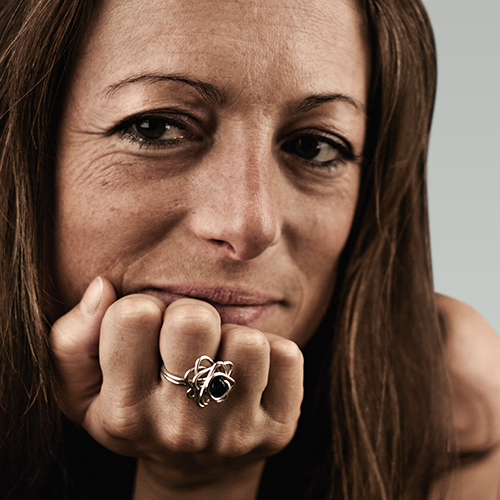The overabundance of food, available when we feel like eating it, has caused a progressive increase in the number of overweight and obese persons. The “remedy” of the food industry to deal with this problem are light products.
I don’t know about you, but I really like to go grocery shopping. When I was little, supermarkets, besides being a place where I could run along aisles full of colored products in any form, smell and flavor, were like a sort of magical world and have always fascinated me. To be honest, supermarkets ARE a sort of fairyland, because they tell you (and they do this well) that we live in a place where everything is at our disposal at any time.
This is not how it used to be, when you were lucky if you got to eat meat more than just twice a month and everybody knew what fruit and vegetables were in season (easy: it was what you found on your plate).
This overabundance of food, available when we feel like eating it, has caused a progressive increase in the number of overweight and obese persons.
The “remedy” of the food industry to deal with this problem (or to develop a new market?) are light products.
Per definition, a product can be defined “light” when it contains less than 30% of the energy (expressed in Kcal) with respect to its homologous product. To obtain this either the amount of sugar is diminished (substituted by artificial sweeteners) or fats are taken out (such as usually happens with milk and related products). In both cases, these products don’t really offer a solution: you just need to look around you (or read the data on population health) to understand that the number of overweight people is increasing rather than decreasing.
Let’s start by considering “sugarless” products. Put on your reading glasses or take a lens and carefully read the labels: you’ll probably find “saccharin”, “aspartame", "cyclamate" or “E952” instead of “glucose” or “glucose syrup”. What happens when we ingest these kinds of products? Our brain receives a signal that sugar is about to arrive but which then doesn’t happen. So, our “metabolic central line” sets off an alarm bell because it hasn’t received the promised energy, and activates the hunger signal to recover the lost calories! The result? You eat more and you get fatter. It’s not a coincidence that in the USA between 1987 and 2000 the consumption of sweeteners has gone from 70 to 160 million subjects and at the same time the percentage of obesity has risen from 15 to 30 percent (source: Jama)!
Let’s now look at low fat food. If we read the milk labels, we notice that the difference between “full fat” milk and low-fat milk is only about 20 Kcal for every 100ml, or 50kcal for a glass of milk. Nothing much really. It’s a shame that during the skimming process essential fat-soluble vitamins get lost. Is it worth it? I would say not. Moreover, the low-fat product has lost its satisfying qualities (thanks to fat!). The result? You’ll be more hungry, you’ll eat more and get fatter! And yoghurt? When it’s low fat, it’s usually also sweetened with sugar or artificial sweeteners have been added and as such we turn back to what we discussed before. “So now what? – you’ll ask – there’s no solution??”
The solution exists, but it doesn’t lie in seeking products which have been processed in some way. Rather, it lies in an intelligent consumption of real (I never get tired of underlining this) and truly nutritious food that is as natural as possible, fresh, regional and seasonal, during daily meals as well as when feel we like indulging ourselves!

Tatiana Gaudimonte
You might also be interested in



